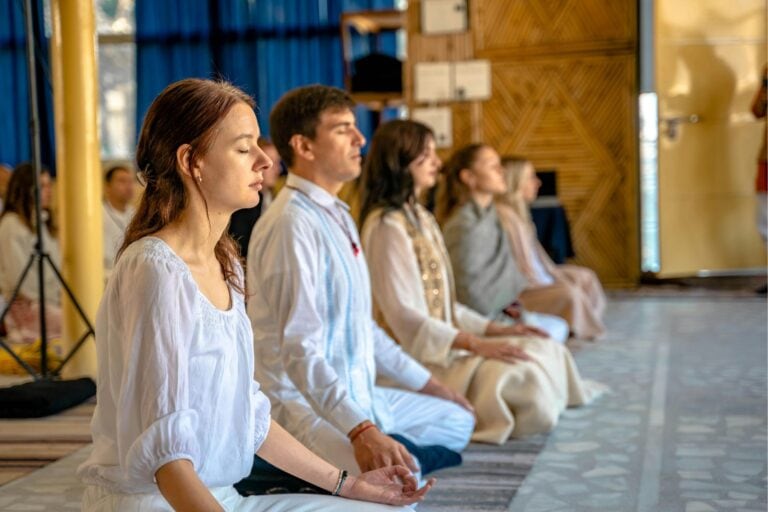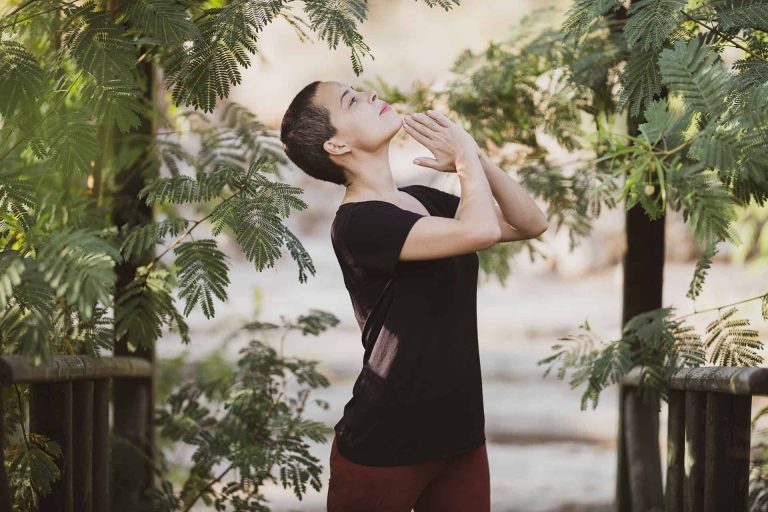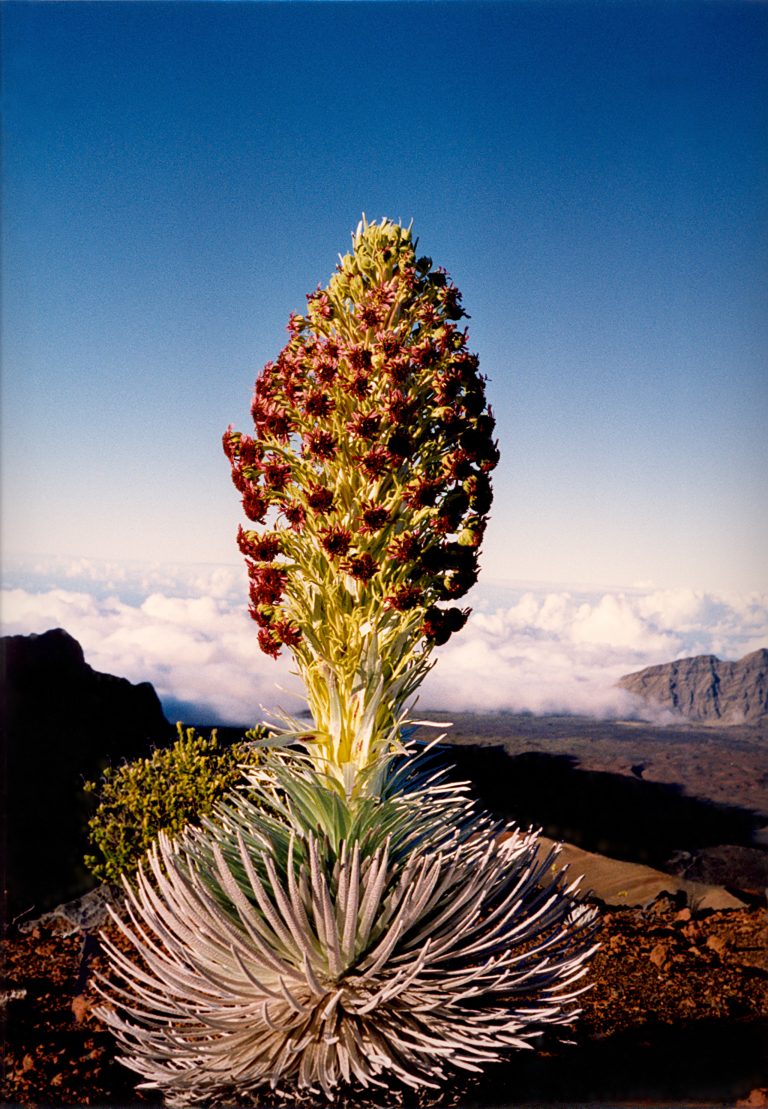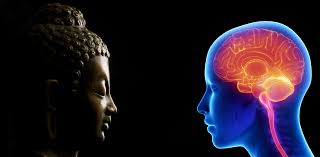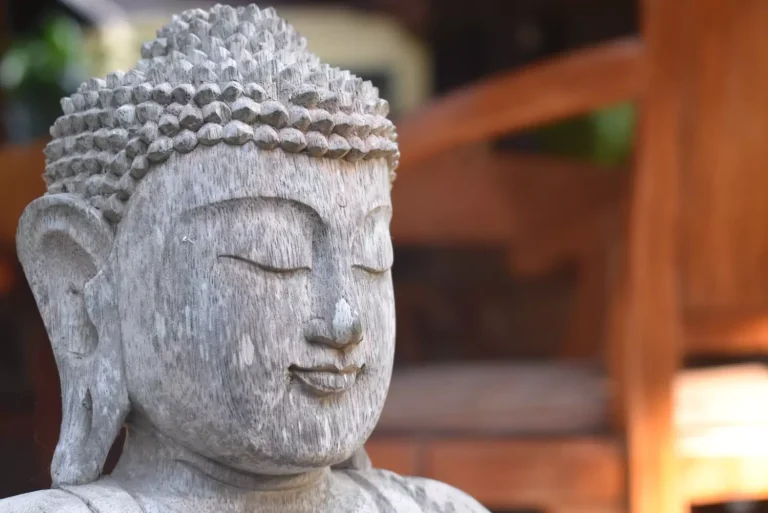What are the Different Types of Meditation?
Exploring CBRT’s Indian Roots and Practical Applications
When many people think of meditation, they imagine sitting quietly and trying to clear the mind. But in Compassion-Based Resilience Training (CBRT), meditation is understood as a set of diverse practices rooted in Indian contemplative traditions—each with a unique purpose for training the body, breath, mind, and heart.
Rather than a one-size-fits-all method, CBRT draws on multiple forms of meditation that together create a complete path to resilience and compassion. Below are the core types of meditation emphasized in CBRT and their Indian lineage:
1. Body Mindfulness (Śamatha with the Body)
This practice focuses on observing sensations in the body with calm awareness. In Indian traditions, especially yoga and early Buddhist practice, the body is seen as the anchor for presence.
- CBRT’s approach: Students learn to “come home” to the body, noticing stress and tension without judgment, which naturally calms the nervous system.
2. Breath Awareness (Ānāpānasati)
The breath has been a primary meditation tool for centuries in Indian traditions. It connects body and mind and helps regulate emotional states.
- CBRT’s approach: Observing the breath builds sensitivity and awareness, helping participants interrupt reactive patterns and create a pause before responding.
3. Mindful Awareness (Vipaśyanā/Insight)
This practice involves cultivating awareness of thoughts, emotions, and perceptions. Rooted in Indian insight meditation, it reveals how the mind creates habits of stress and suffering.
- CBRT’s approach: Insight meditation builds clarity, allowing participants to see automatic thoughts and choose healthier responses.
4. Compassion Training (Karunā Bhāvanā)
Compassion practices are central in Indian and Buddhist meditation. They train the mind to expand empathy, soften judgment, and cultivate care for self and others.
- CBRT’s approach: Compassion practice becomes the healing foundation—transforming personal suffering into resilience and reconnecting us to others with warmth and care.
5. Analytical Meditation (Bhāvanā/Reflections)
While mindfulness builds awareness, analytical meditations encourage reflection on themes such as impermanence, interdependence, or purpose. This type of meditation is common in classical Indian texts.
- CBRT’s approach: Reflection strengthens insight and choice, empowering students to align values and actions with compassion.
6. Visualization & Healing Imagery
Indian traditions often use visualizations—of deities, mandalas, or inner light—as powerful methods for focusing the mind.
- CBRT’s approach: Gentle imagery supports healing, creativity, and neuroplasticity, allowing the mind to rewire itself toward resilience.
The CBRT Blend
By weaving together these traditions, CBRT creates a practical curriculum: body mindfulness (calm), breath awareness (sensitivity), insight (awareness), and compassion (healing). These are not just techniques, but skills for living—training us to meet suffering with presence, clarity, and compassion.
👉 Takeaway: Meditation is not a single method but a toolbox. Through CBRT’s blend of Indian practices, anyone can discover a style of meditation that fits their needs—whether calming the body, clarifying the mind, or opening the heart.

